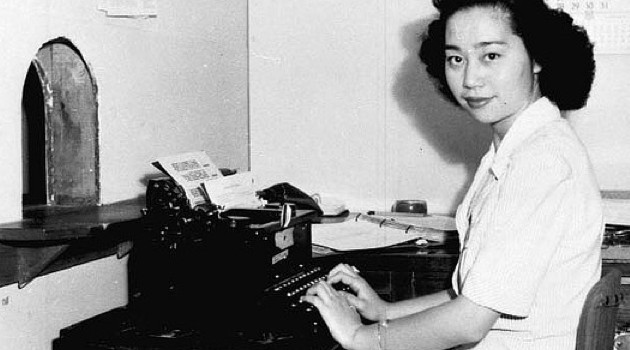

Senator Brian Schatz recommended her for the Presidential Medal of Freedom in 2015 in a letter to President Obama, describing her as “an ordinary person who made the extraordinary choice to forego her own freedom in order to secure the rights of 120,000 Japanese Americans who were wrongfully imprisoned without the benefit of due process.” The aftermath: Although Endo’s case granted “loyal” Japanese Americans freedom from concentration camps, those who were deemed disloyal were not released until March 20, 1946. Her victory led to the process of ending incarceration for Japanese Americans and “forced the government to recognize the unconstitutionality of their actions.”


This ended Japanese incarceration for “concededly loyal” Japanese Americans. The Court of Appeals sent it to the Supreme Court for a final decision, which then ruled in favor of Endo.Her first petition was dismissed without explanation after a year at the District Court, but Purcell appealed the decision. Endo was the “only female resistor” of Executive Order 9066 whose case reached the Supreme Court.She was the only plaintiff who chose to stay in incarceration, in order to ensure her case would be active, even after the War Relocation Authorities (WRA) presented her with an offer of freedom under the pretense that she couldn’t return to the West Coast afterward, according to the New York Times.Endo’s methodist background, previous employment as a clerical worker for the state of California, her brother being in the army and that she had never been to Japan made her case the “perfect” one for “protesting detention,” according to Advancing Justice-Asian Law Caucus.As the firings were “made moot for the time being” when Endo was incarcerated, Purcell helped to “challenge the incarcerations through a habeas corpus petition.” Why she’s important: Endo was one of the 63 employees, out of an estimated 300 to 500, who “sought to challenge their firings” with the aid of the Japanese Americans Citizens League, enlisting the help of lawyer James Purcell, according to the Densho Encyclopedia. Along with 62 employees, she sought to challenge the firings with the aid of the JACL and lawyer James C. After Pearl Harbor, the CA State Personnel Board dismissed all Japanese American state employees, Endo among them. Mitsuye Endo was born #OTD in 1920 in Sacramento. Endo and her family were sent to the Sacramento Assembly Center and later moved to a concentration camp in Tule Lake, Calif.Roosevelt signed Executive Order 9066, which resulted in the “relocation and internment of over 120,000 Japanese Americans,” according to a video from the Lowell Milken Center. After Japan’s attack on Pearl Harbor in 1941, the California State Personnel Board fired all Japanese American state employees by the next spring.She attended secretarial school and began working with the California Department of Motor Vehicles, according to the Lowell Milken Center for Un sung Heroes.Life before concentration: Endo was born on May 10, 1920, in Sacramento, Calif., to Japanese immigrant parents and graduated from Sacramento Senior High School.

Mitsuye Endo is an unsung hero who was the only plaintiff to win a court case that led to the process of ending Japanese American incarceration during World War II.


 0 kommentar(er)
0 kommentar(er)
